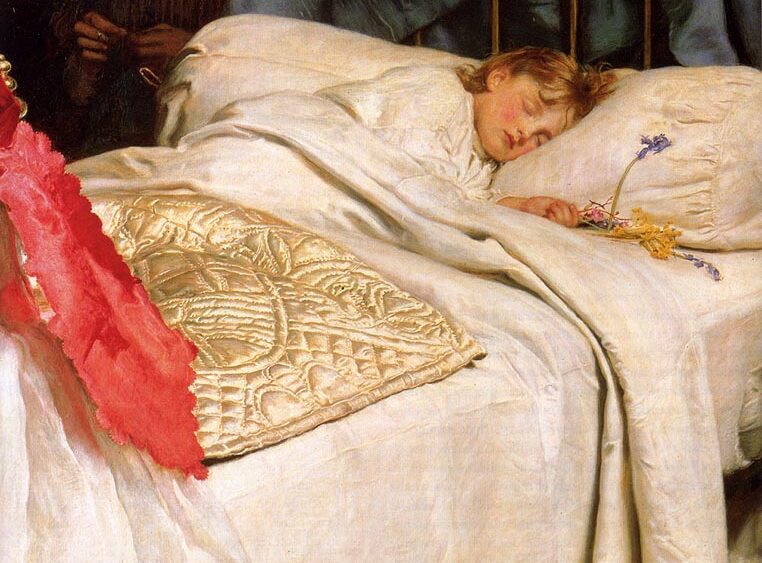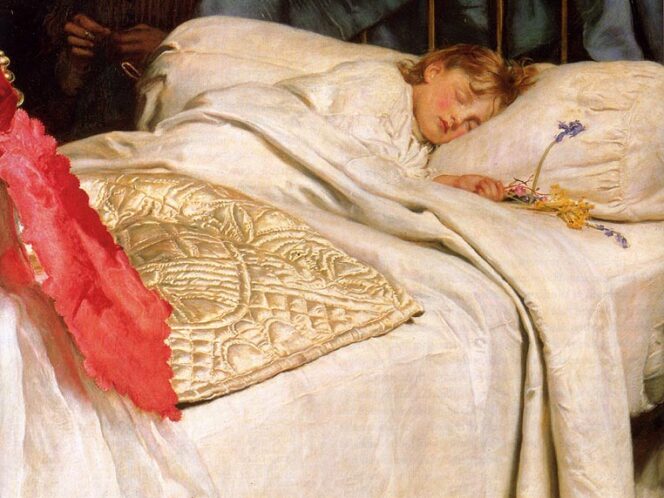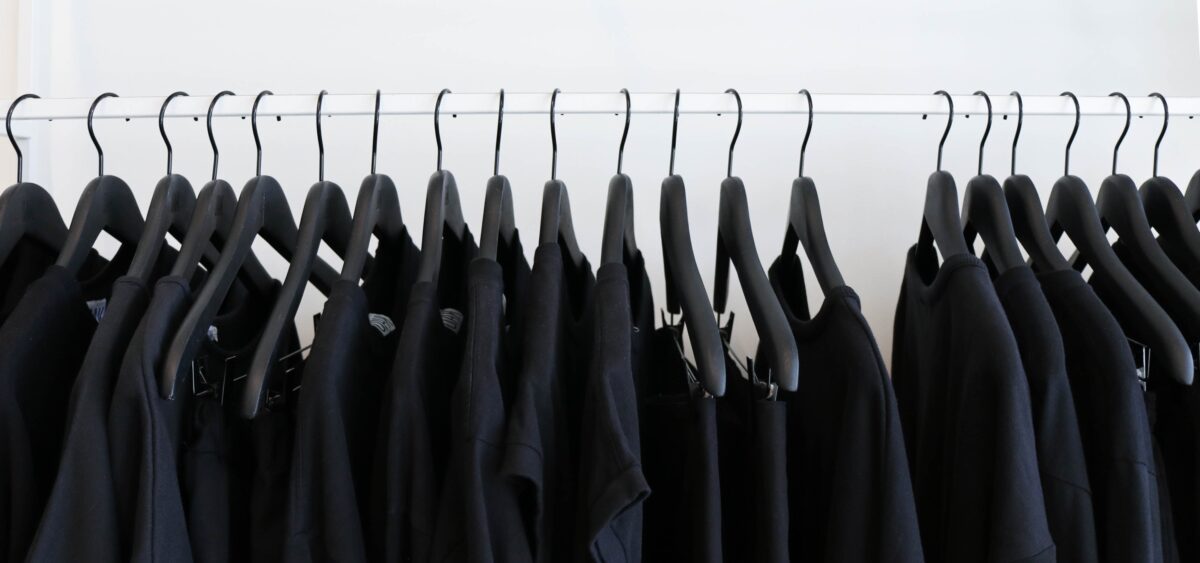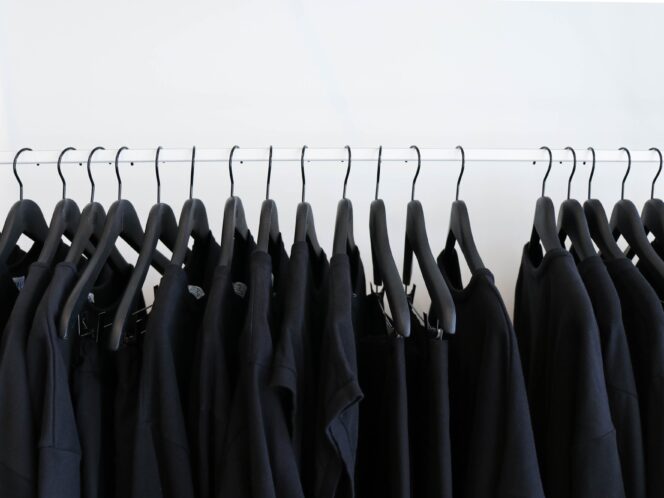
Pyjamas have already been home wear, beach wear and evening wear. A sloppy or elegant outfit, and also… unmasculine.
“Is the nightshirt or pyjamas
Your preferred attire in bed?
Do you live by yourself
Or with your belovèd?”
…sang the Warsaw favourite, Zuza Pogorzelska, in her 1926 song to the lyrics of Andrzej Włast, demonstrating that the choice must have been a big deal. But, more importantly, the question reflects the latitude in choice of nightwear on offer during the interwar period, as well as the growing popularity of pyjamas in womenswear.
French ladies clearly didn’t have such dilemmas. Around the same time, the Cȏte d’Azur began to be called the Pyjama Coast or, in the language of the day, ‘Pyjamopolis’. The popularity of this outfit must have been enormous, since the Venice Lido was tempting potential guests with “a beach, sunshine and pyjamas”. Anyone who could afford to wore silk pyjamas by Coco Chanel, and apparently those less well-off simply didn’t change out of their nightwear. Thanks to Coco, pyjamas escaped from the bed, not just onto the beach but much further, to places which the majority of society had never even dreamt of. Coco introduced decadent, silk, unisex pyjamas, with wide, flowing trousers and








